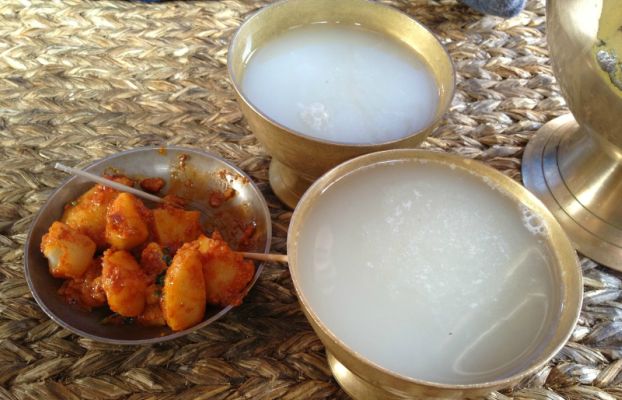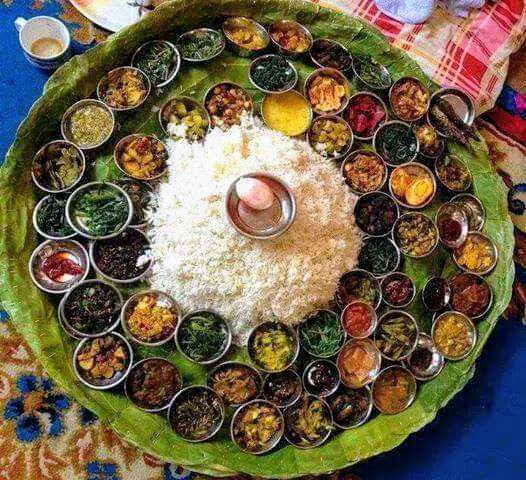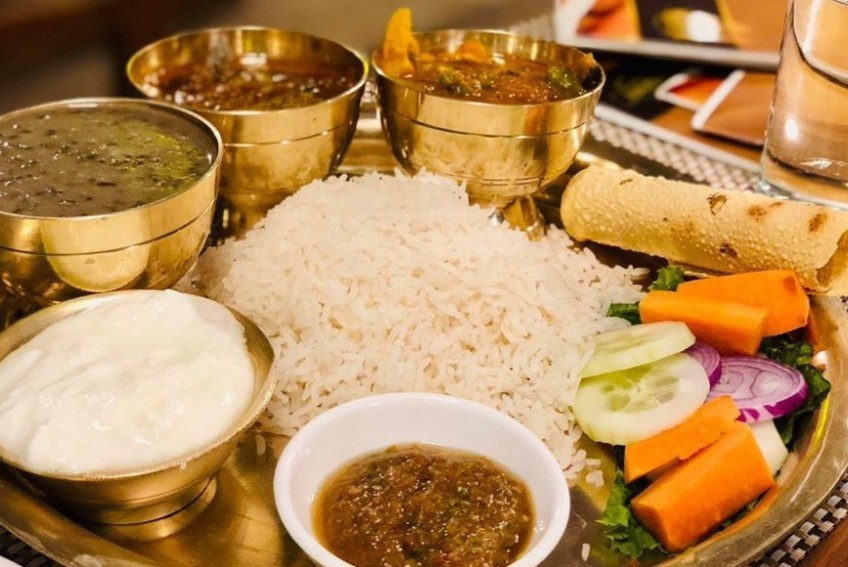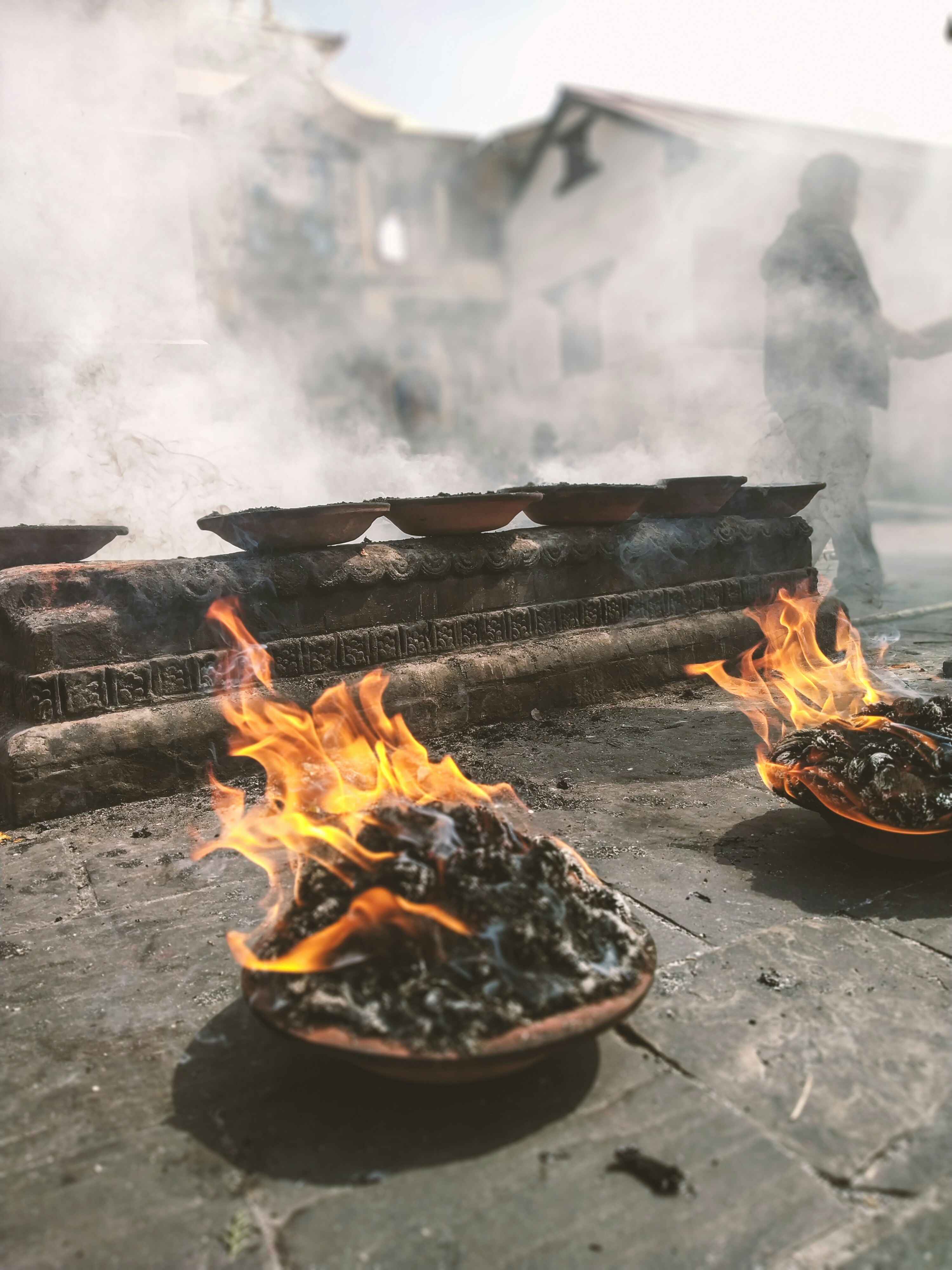Share this Article

Introduction
Chhyang (spelled chyang or jaand) is a traditional Nepalese beverage with a long history in Nepal's culture, particularly among the people of the Himalayas. Made from fermented rice, barley, or millet, this mildly intoxicating beverage is not just a beverage but also an indicator of hospitality, festivity, and socialization. Be it a festival or reunion, Chhyang forms a part of Nepali life. Here we follow its history, preparation methods, cultural significance, and function in modern Nepal.
Origins and Historical Background
Chhyang originated thousands of years ago, and the origins are most probably based on ancient Himalayan fermentation methods. The drink is most commonly enjoyed by ethnic groups like the Sherpas, Newars, Limbus, and Tamangs, who have been fermenting it for generations. It is given that fermented drinks like Chhyang have been consumed even before written Nepalese history (Shrestha, 2010).
The Kathmandu Valley's Newar people, who are known for their gastronomic wealth, have enjoyed Chhyang as a sacred festive and religious offering for centuries. Among Buddhist communities, it is employed most frequently in rituals to offer homage to deities or spirits. The simplicity of the brew, requiring grains, water, and a ferment starter, allowed it to be within the capabilities of rural homes, and it endured through centuries.
Ingredients and Preparation
Chhyang is traditionally made using locally sourced grains. The most common base is rice, but barley or millet can be used too, depending on where one is located. The two major steps of preparation are brewing and fermentation.
Fermentation Starter (Marcha): It starts with marcha, which is a homemade fermentation starter that is prepared by grinding grains (rice or barley) and blending them with herbs and spices. The resulting paste is formed into small cakes and dried in the sun. Marcha contains wild yeast and bacteria that initiate fermentation.
Fermentation: Grains (cooked rice or boiled rice) are mixed with ground marcha and put in a clay pot or wooden tub. The vessel is closed and left in a warm place for 2–4 days. The enzymes of the marcha break down the starches into sugar, which in turn ferments to alcohol.
Brewing: Water is added to the mixture after fermentation, and it is strained through a bamboo cloth or sieve. The liquid that is produced is Chhyang, which tastes slightly sweet and tangy and is cloudy in appearance. It is served warm in metal or bamboo cups.
The entire process is labor-intensive and skill-based, often being family-oriented. Women alone prepare Chhyang in certain societies, highlighting their role as custodians of culture (Tamang, 2010).
Cultural Significance
Chhyang is an integral part of the social and religious life of Nepal. Its significance is manifest in three general areas:
Festivals and Rituals:
Chhyang is notably used in the festivals of Dashain, Tihar, and Losar (Tibetan New Year). Chhyang is offered to the goddess Durga by families during Dashain and as an offering to guests as well as a benediction. In Tamang and Sherpa cultures, it is used during puja (worship) to honor ancestors or local deities. Chhyang is used by Kathmandu Newars in ceremonies of life, weddings, and funerals for unity and continuation (Nepal Tourism Board, 2021).
Hospitality:
To offer Chhyang to guests is a demonstration of respect in rural Nepal. Guests are traditionally offered a cup, and it is not polite to refuse. In Sherpa towns, hosts typically greet each other by saying, "Chhyang piu!" ("Drink Chhyang!") with a gesture of hospitality. This practice testifies to community bonds as well as dependence upon each other.
Chhyang transcends social stratifications. In celebrations or communal labor (parma), all people of any caste and origin share the same drink, and that produces a sense of equality. In a traditionally divided society by caste, this is a welcoming practice.
Chhyang in Daily Life
Aside from the festivals, Chhyang is a regular part of life for the majority. It is drunk by farm workers in rural villages after they finish work to relax and rejuvenate. Chhyang is also believed to have healing properties, such as digesting food or relieving cold when drunk warm. In the freezing Himalayan climate, a cup of Chhyang is comforting and warm.
For women in some societies, Chhyang brewing is a means of earning a living. Excess batches are marketed at local markets or to travelers, adding to household economies. This economic role underscores its importance beyond symbolism.
Chhyang in Modern Nepal
Urbanization and globalization have influenced the production and consumption of Chhyang. Commercial breweries now produce canned or bottled Chhyang in urban areas such as Kathmandu and Pokhara for locals and tourists. Convenient as these may be, they lack the rich flavor that homemade Chhyang possesses.
Younger generations, who have been exposed to Western-style beer and spirits, sometimes view Chhyang as "old-fashioned." However, efforts are under way to preserve the tradition. Cultural organizations stage workshops to transfer brewing techniques, and restaurants with Nepali fare list Chhyang on their menus. In festivals, social media is full of photos of Chhyang, creating buzz among young people (The Kathmandu Post, 2022).
Tourism has also made Chhyang popular. Trekkers in the Annapurna or Everest areas are typically served the drink in teahouses, where it is marketed as a cultural experience. Some breweries have even begun exporting Chhyang, introducing it to international markets.
Challenges and Preservation
Despite its cultural relevance, Chhyang is not issue-free. With the ready availability of cheap, mass-produced liquor, traditional brewing was dropped by a number of individuals. In addition, the growing regulations on alcoholic beverages and taxes have created obstacles for small-scale producers.
But indigenous groups are finding it difficult to maintain the tradition. NGOs educate rural women in improving brewing and selling their beer. Festivals like the Chhyang Fest in Kathmandu also market the drink through tastings and cultural performances, making people aware of its origins.
Conclusion
Chhyang is more than just a drink—it is a living tradition that transcends Nepal's past and future. Its preparatory ritual, festival consumption, and power to bring people together are proof of the principles of community, grit, and joy. As Nepal forges ahead into modernization, Chhyang is a testament to Nepal's ability to honor its roots while embracing change.
Whether consumed in a distant village, hut or busy city cafe, Chhyang continues to say something about Nepal's people, their land, and their unbreakable spirit.
Categories:
Food & Drink
Tags:
chyang







